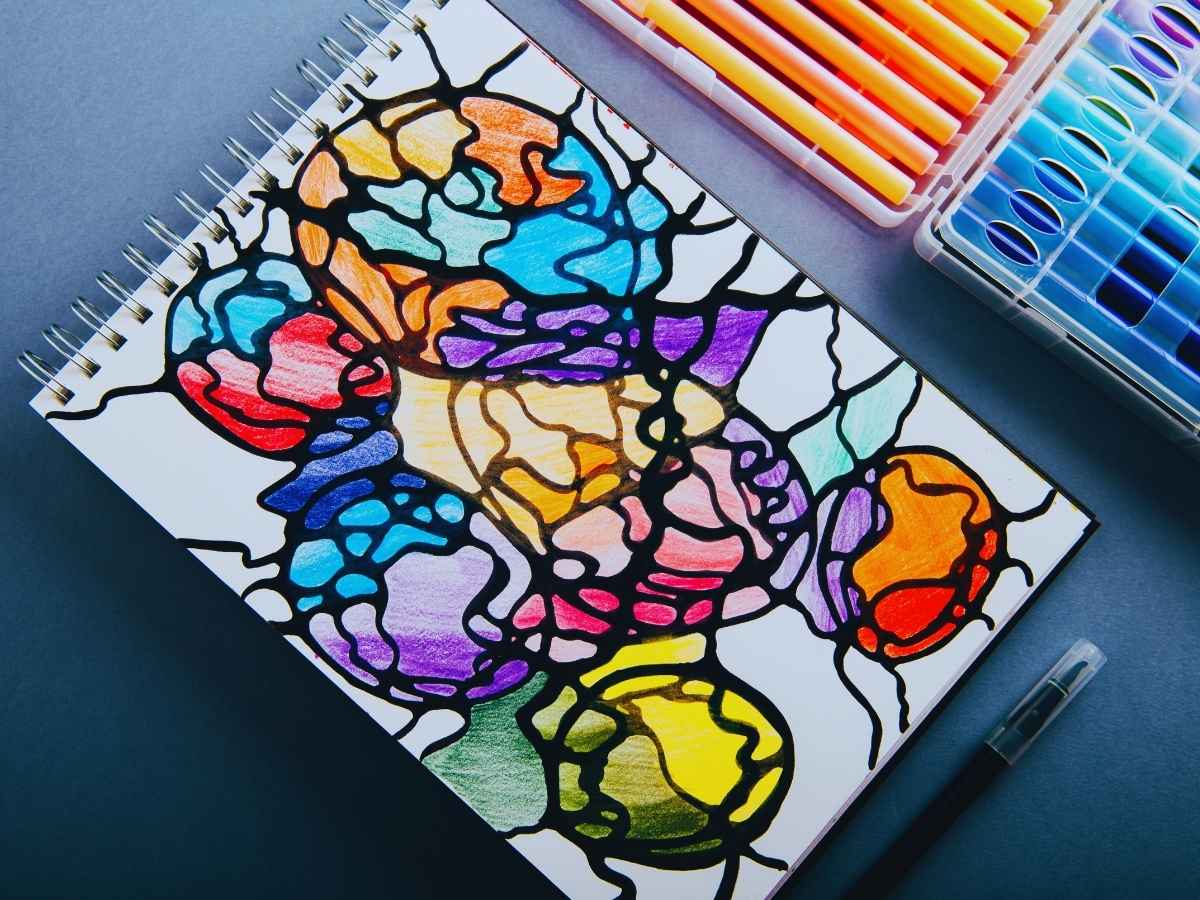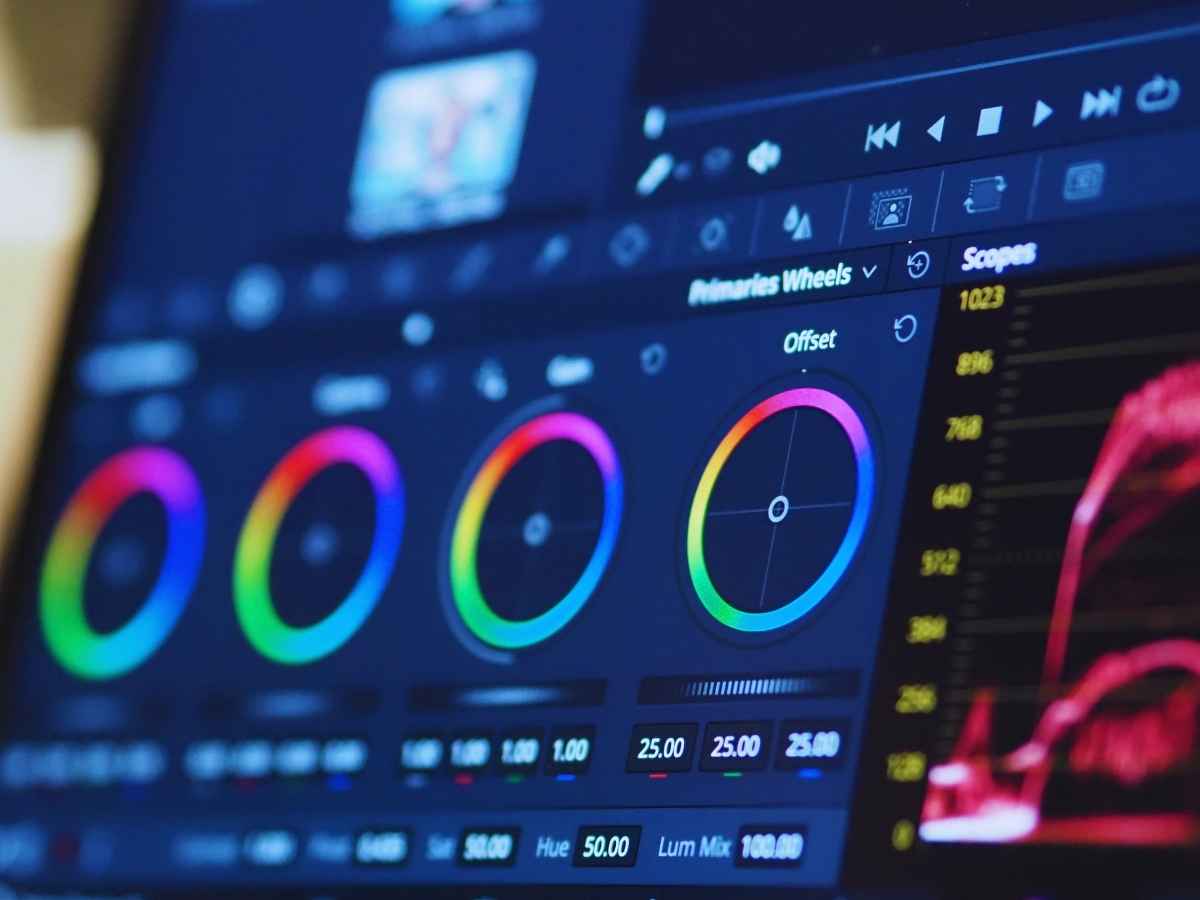Why do we trust blue, feel excitement with red, or associate green with health and growth? The answer lies in color psychology. When used strategically, colors evoke emotions, shape perceptions, and can even influence purchasing decisions, making them a powerful tool for branding.
This blog will explore the basics of color psychology, why color matters in branding, the meanings behind common colors, and how to choose the right palette for your brand. You’ll also discover real-world examples of brands that have nailed their color strategies and emerging trends that are shaping the future of branding.
Whether you’re an entrepreneur launching your first business or a marketing professional fine-tuning your brand strategy, understanding the science of color can give you a competitive edge.
What Is Color Psychology?
Color psychology is the study of how colors influence human emotions and behavior. Our brains associate colors with specific feelings and experiences, often on a subconscious level. For instance, blue is often linked to trust and calmness, while yellow evokes feelings of optimism and creativity.
When it comes to branding, these emotional triggers are more than just interesting quirks. They are key to shaping how consumers perceive your brand. From your logo to packaging, color choices should align with your brand’s personality and messaging.
Businesses that apply color psychology effectively can better connect with their target audience, standing out in a crowded marketplace. Think of it as crafting a conversation without words, where every hue has something meaningful to say.

Why Color Matters in Branding
First Impressions Count
Color is one of the first things people notice about a brand. Studies show that up to 90% of snap judgments about products are based on color alone. By choosing the right colors, your brand can make a powerful first impression that resonates with consumers.
Boosts Brand Recognition
Consistent use of color can increase brand recognition by 80%. Think of McDonald’s golden arches or Tiffany & Co.’s iconic blue box. These colors are so closely tied to their brands that they are instantly recognizable—even without seeing the logo.
Communicates Brand Personality
Colors act as a silent ambassador for your brand’s personality. For example:
- Red signals boldness and energy.
- Blue conveys trust and professionalism.
- Green reflects eco-friendliness or health-focused values.
By aligning your color choices with your brand’s identity, you’ll create a cohesive and memorable experience for your audience.
Backed by Research
The emotional impact of color isn’t just anecdotal; it’s supported by science. One study found that 93% of consumers prioritize visual appearance over other factors when evaluating a product, proving just how vital color is in influencing consumer behavior.
Color Meanings and Emotions
Each color sends a unique message that can resonate with audiences in different ways. Here’s a breakdown of what popular colors convey:
Red
- Emotion: Passion, urgency, energy
- Examples: Coca-Cola, YouTube
Red grabs attention and creates a sense of urgency, making it a go-to for sales promotions or brands aiming to evoke excitement.
Blue
- Emotion: Trust, calm, stability
- Examples: Facebook, LinkedIn
Blue is the most popular color among businesses, especially those in healthcare or finance, due to its trustworthy and dependable vibe.
Green
- Emotion: Growth, health, nature
- Examples: Whole Foods, Spotify
Green represents prosperity and eco-consciousness, making it ideal for wellness-focused or sustainable brands.
Yellow
- Emotion: Optimism, creativity, warmth
- Examples: McDonald’s, Snapchat
Yellow radiates positivity but should be used sparingly; too much can feel overwhelming.
Black and White
- Emotion: Sophistication, elegance, minimalism
- Examples: Chanel, Apple
These colors exude luxury and modernity. Their simplicity works well for high-end or innovative brands.
How to Choose the Right Brand Colors
Selecting the right colors for your brand involves more than just personal preference. Here’s a step-by-step guide:
1. Understand Your Brand Personality
What qualities define your brand? Are you fun and quirky, or serious and professional? Your brand’s personality should guide your color choices.
2. Know Your Target Audience
Colors evoke different feelings across cultures and demographics. Research your audience’s preferences and values to ensure your colors strike the right chord.
3. Align With Your Messaging
Your core message should inform your color strategy. For example, if you want to emphasize innovation, opt for vibrant and unique colors rather than muted tones.
4. Learn Basic Color Theory
Use color harmony and contrast to create visually appealing combinations. Tools like Coolors or Adobe Color can help you experiment with different palettes.
5. Avoid Common Mistakes
Don’t rely on personal favorites or trends that may not align with your brand’s long-term goals. Always test your colors to ensure they resonate with your audience.
Building a Cohesive Brand Color Palette
A cohesive color palette ensures that your brand looks polished and consistent across all platforms. Here’s how to build yours:
Primary, Secondary, and Accent Colors
- Primary Colors: Reflect your brand identity and dominate your visuals (e.g., logo, website).
- Secondary Colors: Add depth and variety to your designs while complementing the primary colors.
- Accent Colors: Used sparingly for emphasis (e.g., call-to-action buttons).
Apply Across Platforms
Ensure consistency by using your color palette in everything, from your website design to social media graphics and packaging.
Try Palette Tools
Use tools like Coolors, Canva, or Adobe Color to experiment with combinations that best fit your brand’s personality.

Case Studies Brands That Nailed Their Color Strategy
Coca-Cola Red
Coca-Cola’s bold red is synonymous with excitement and energy, perfectly aligning with its “real magic” branding.
Tiffany Blue
Tiffany & Co. owns its signature blue, evoking an air of exclusivity and luxury. The color is so iconic it’s trademarked.
Google’s Multicolor Logo
Google’s playful use of primary colors signals accessibility, creativity, and inclusivity, making its brand feel relatable and approachable.
Emerging Color Trends in Branding
Digital Pastels
Soft pastel hues are making waves in branding, especially for Gen Z-focused brands looking to convey modernity.
Bold Neons
For brands wanting a futuristic feel, bold neon colors are becoming increasingly popular in tech and lifestyle industries.
Color Accessibility
With inclusivity at the forefront, brands are exploring color schemes that are visually accessible for people with color blindness or low vision.
Final Tips and Takeaways
Selecting the right colors for your brand isn’t just an artistic decision. It’s a strategic move that can enhance recognition, encourage emotional connections, and ultimately drive conversions.
- Be intentional and align your colors with your brand identity.
- Test alternatives using A/B testing to optimize performance.
- Stay consistent across all platforms to strengthen your visual presence.
Need help defining your brand’s identity? Contact us for a custom branding consultation, and take the next step in building a memorable, impactful brand.
Encourage your followers to share thoughts or experiences with their colors in the comments.





